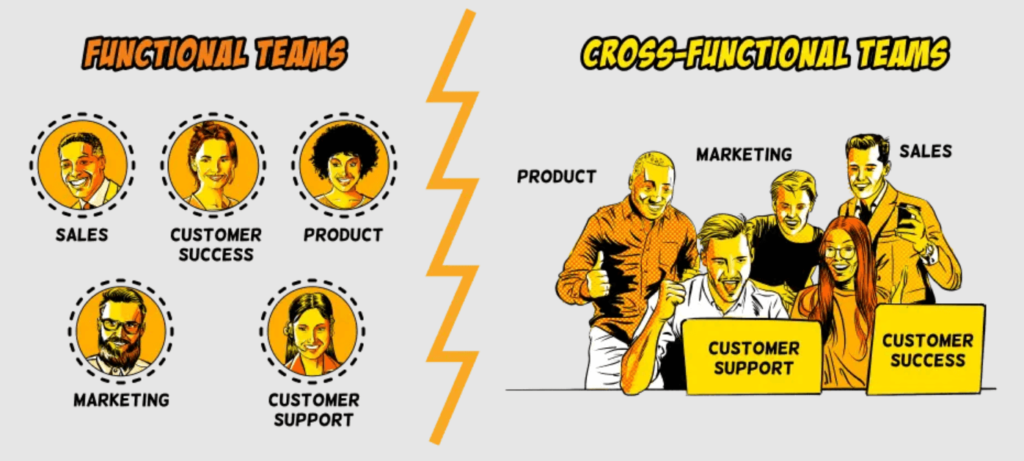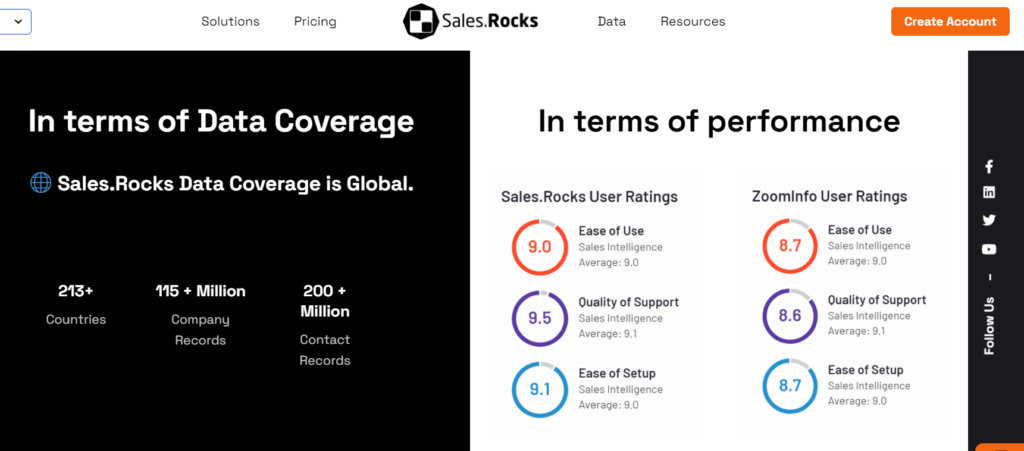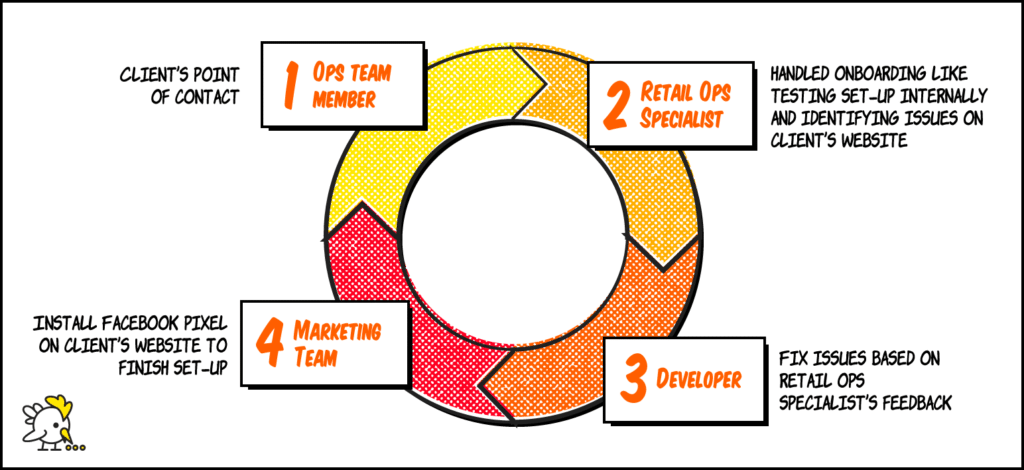

Unkover your competitors’ Marketing Secrets
Say goodbye to wasting hours on competitor analysis by equipping your team with an AI-driven, always-on competitive intelligence platform.


Say goodbye to wasting hours on competitor analysis by equipping your team with an AI-driven, always-on competitive intelligence platform.

Stay Ahead with AI-DRIVEN Competitive Intelligence
Unkover is your AI-driven Competitive Intelligence team delivering critical updates about your competitors the moment they happen:
Track your competitors website changes
Why spend all day stalking the competition when you don’t have to?
With Unkover, you’ll know instantly when your competitors tweak their messaging or shake up their pricing. No more endless scrolling through their sites or second-guessing your strategies.
Let us do the heavy lifting for you, ensuring you’re always in the loop by notifying you the moment a critical change happens on your competitor’s pages.
Sit back, relax, and keep winning—Unkover makes sure you’re not just in the game, you’re always a step ahead.


Read your competitors emails
Companies love updating their customers and prospects about relevant news, product updates, and special offers.
That juicy info from your competitors? It’s yours too. Unkover will automatically capture all their emails and bring them right to your doorstep—accessible to your entire team, anytime.
[COMING SOON: Our fine-tuned AI will sift through these emails, extract key information and send them over to the best team within your org. Less noise, more signal!]
We hear you! Unkover’s goal is not to flood you with tons of data points that no one in your team will ever read. We gather competitive intelligence from thousands of data sources and use AI to highlight actionable information to the right team in your company.
Say goodbye to noise. We’re 100% signal.
ROADMAP
We’re excited to get Unkover in your hands as soon as possible and keep building the best competitive intelligence tool with your precious feedback. The roadmap for the next few months is already exciting, so take a look!
While we build and deliver, here’s our promise to you: as an early tester and customer, you’ll lock in an exclusive bargain price we’ll never offer again in the future.

Spy on your competitors’ full marketing strategy: social, ads, content marketing, email flows, and more.

Track competitive Win/Loss analysis and build battle cards. Get alerted at every pricing change.

Get immediate alerts when competitors announce new features or major releases. Identify strengths and weaknesses from online reviews.

Get the competitive intelligence you need where you need it: Slack, eMail, MS Teams, Salesforce, Hubspot, Pipedrive and more.
slack integration
Unkover’s Slack integration lets you keep your whole team up to speed with your competitors’ updates.

Join now to lock in an exclusive 50% lifetime discount
For startups and small teams, it’s the essential toolkit you need to keep an eye on a select few competitors.

Up to 5 competitors

50 pages monitored

10 email workflows

3-day data refresh
$39
/per month
$ 79
50% discount
Billed annually
For growing businesses, it allows you to monitor more competitors, pages, and email workflows.

Up to 10 competitors

100 pages monitored

20 email workflows

1-day data refresh
$79
/per month
$ 159
50% discount
Billed annually
For large companies, it is tailored to meet the needs of multiple teams needing granular insights.

Custom number of competitors

Custom number of pages monitored

Custom number of email workflows

Hourly data refresh
Custom price
Billed annually

You know it’s high time to start cross-functional collaboration when:
Everyone is missing critical pieces of data, damaging team morale and revenue in the company.
Let’s change that, shall we?
In this cross-functional teams guide, you’ll learn how to unite different departments on common goals and eliminate the silo mentality for good.
And here’s where it gets interesting: Instead of showing you the step-by-step process (which we already did in our revenue marketing and organizational silos guides), we’ll do this case study-based.
Let’s begin!
A cross-functional team is a group of people from different departments working toward a common goal.

Let’s use a fictional business scenario to illustrate this concept.
Imagine you’re the CEO of a SaaS startup that’s growing at a fraction of the speed.
Marketing and sales are head-butting each other, while product is building features customers don’t need. The customer success team is no better. Clients often complain about the poor customer experience.
After weeks of talking to your department heads, you realize the root cause of your problems: Teams are operating in silos, and it’s damaging your company’s bottom line.
Enter: Cross-functional collaboration. Employees who used to be at loggerheads with each other are now collaborating effectively on successful projects.
This is a simplified explanation, of course.
Cross-functional collaboration is a lot trickier than it looks. We’ll explore how it works in the case studies below.
But first, let’s talk about how cross-functional teams play a role in your business bottom line.
Successful cross-functional collaboration leads to higher revenue. On a micro-level, you:
Once you hit these micro-level milestones, you’ll start seeing an improvement in your revenue operations and a steady rise in qualified leads and sales.

At Gravy, marketing and sales teams work together on demand generation.
Douglas Liantonio, the marketing outreach analyst, reveals, “Our demand gen people have assignments (prioritized after department metrics and duties) that generate leads for our departments.”
Before building its cross-functional teams, Gravy brainstormed which members had experience in marketing or sales. It then offered the opportunity to the most interested. Gravy, being a startup that prides itself on being self-starting, places equal importance on interests as on skills.
When asked about the biggest benefits of building cross-functional teams, Douglas reveals that he and his team can better understand their sales funnels. “We know which platform and copy work best for pitch decks.”
Douglas’ answer bears little surprise, as 85% of marketing and sales decision-makers agree that sales and marketing alignment creates the largest opportunity for improving business performance and accelerating revenue.
To get marketing and sales on the same page, get both teams to sit together and agree on joint KPIs and a buyer persona.
The latter will require you to look at patterns in your existing data and tweak your lead scoring model.
If you’re new to lead scoring, here’s what you can do: Note the attributes of your best customers and assign each of them a percentage out of 100%.
1. Connect your data source (e.g., HubSpot) to Breadcrumbs
2. Create your Fit model and assign a percentage for each attribute (e.g., number of employees covers 15%)
3. Configure your Activity model and assign a percentage for each activity (e.g., a download of a MoFu ebook covers 25%)4. Sync your lead’s score to your data source

Lead scoring helps you focus on leads that matter. Sign up for your free Breadcrumbs account to align marketing and sales today.

Christiaan Jaarsma knew something had to be done when he saw a lack of information flow between his marketing and sales teams.
The product owner and chief revenue officer (CRO) of Sales.Rocks shared, “We were often wondering, ‘What is our main focus this quarter? Is it new sales or customer retention?’, ‘What can each team do to optimize the sales funnel?’”
“If we measure numbers for specific metrics, we need everybody from sales, marketing, and customer success to realize the importance of those numbers and start to work on improving them. When these three departments are all clear on our main objectives, ideas for collaboration between them flow naturally.”
Christiaan Jaasrsma, CRO and product owner of Sales.Rocks
To kick off the cross-functional collaboration, the Sales.Rocks team attends a SMarketing huddle every morning. By the end of each meeting, all team members know where they’re at and what needs to be done for the quarter’s set objectives.

And because context matters, each department shares its own “side story” to fill in the content gap.
For example, when the sales development representatives (SDRs) created an outreach campaign that targets digital marketing agencies, they asked marketers how they use the software for their marketing efforts.
The SDRs would then apply these new insights in the scheduled demo calls, positioning the software as the key solution to these agencies’ problems.

All this is made possible by integration—the Sales.Rocks team uses a centralized platform to store important information where sales, marketers, and customer success can access.
In the end, they saw a 61% increase in qualified leads, 35% higher sales win rates, and a 36% boost in customer retention.

Nectarine Credit dealt with a lot of complex moving parts when building its platform.
CEO and founder Alex Armitage shares the departments that made up his cross-functional team:
Most startups (at least from this guide) built their cross-functional teams after being in business for a few years. Nectarine Credit started building it on Day One.
“There were many complex moving parts, such as creating a simple user flow and electronic signatures and integrating more than 10,000 banks. We needed a creative, productive, on-budget, and on-schedule approach—and we did this through cross-functional collaboration.”
Alex Armitage, CEO and founder of Nectarine Credit
With a budget, tight deadline, and goal in mind, the team began working together.
As a starting point, developers would ask customer-centric questions: “How will this make the customer experience better?” and “How will this make marketing our product easier?”
In the end, Alex and his team successfully built Nectarine Credit for half the cost and time of their original estimates.

Barcart splits its employees into core departments: Dev, ops, marketing, and customer support.
Describing its cross-functional teams as “multi-disciplinary ninja warriors,” founder Adi Pal shares that the startup’s sole focus is to ensure the success of its brand partners in the DTC Spirits space.
Since the industry is an entirely different ballgame—tasks could be as simple as helping clients install a checkout tool to something as complex as coordinating shipments across multiple states, stores, and time zones—Adi needed multi-skilled team members to tackle these different sets of challenges.
On top of excelling at their core skill sets and working with other members, they also need to understand the three-tier alcohol distribution system and tech platforms such as Slack and Zendesk.

By cross-training his employees, any member can serve as a single point of contact for clients.
Here’s a real-world scenario that happened at the startup recently:

Throughout stages 1-4, the ops team member served as the client’s primary point of contact. Note how the client wasn’t shuffled from one department to another, creating a personalized and frictionless customer experience.
These startups are proof: When all customer-focused departments get along, silos are banished for good, and revenue accelerates.
Build a startup from the ground up, increase qualified leads, or exceed a customer’s expectations, building effective cross-functional teams will get you there.